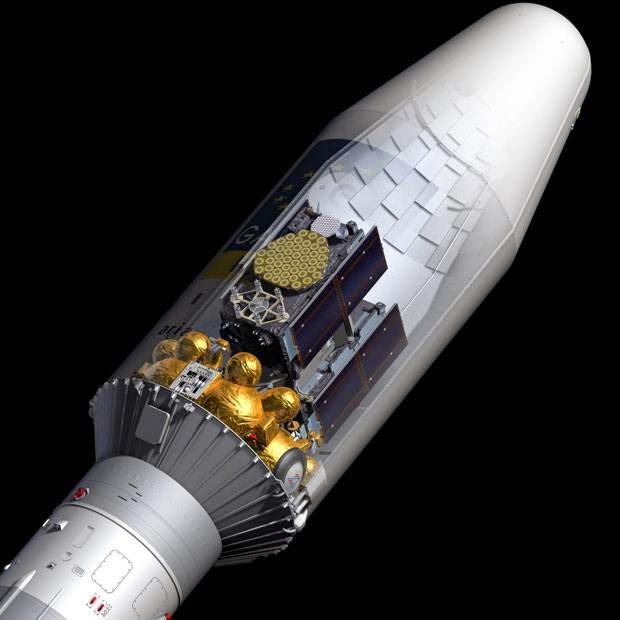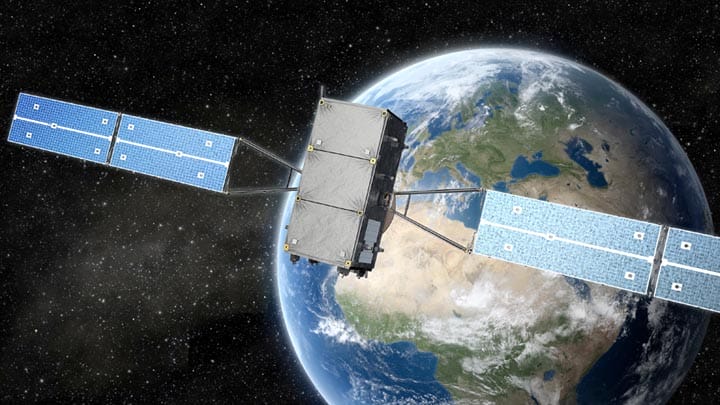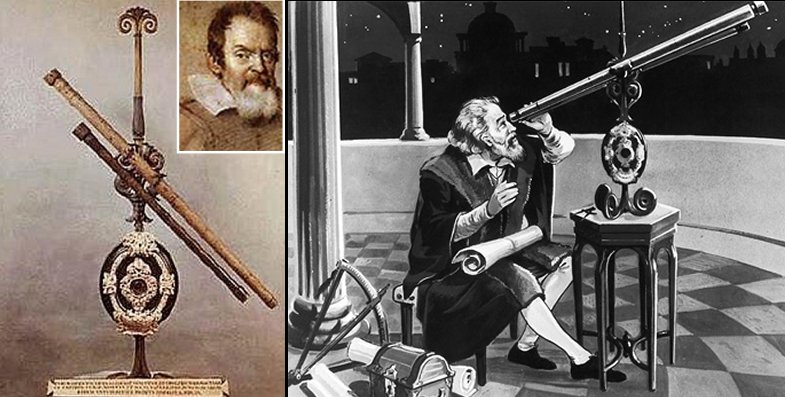

However, a magnification of more than 125× would not be recommended for a scope this size because its focal ratio limits sharpness beyond this. This means the Galileoscope can be used with relatively cheap extra eyepieces to produce magnifications up to 100, or even 200 times (with a 5 mm in combination with the included 2× Barlow lens).
#GALILEO TELESCOPE SATELLITE PROFESSIONAL#
The Galileoscope uses a 32 mm ( 1 + 1⁄ 4 in) focuser, giving the telescope a great deal of versatility, since this is the standard size for eyepieces used in most amateur and some professional telescopes. Background: The focus tube and main telescope tube containing the achromatic doublet objective lens. Design and configurations At the front, left: The four-lens main eyepiece.

The small telescope has an aperture of 50 mm (2.0 in) and a relatively long focal length of 500 mm, for a focal ratio of f/10. It is meant to be an inexpensive means by which millions of people can view the same things seen by Galileo Galilei, such as the craters of Earth's Moon, four of Jupiter's moons, and the Pleiades. It was developed for the International Year of Astronomy 2009.

The Galileoscope is a small mass-produced refractor telescope, designed with the intention of increasing public interest in astronomy and science.


 0 kommentar(er)
0 kommentar(er)
